Science
New hydrogel from IBN and INM improves delivery of anti-cancer drug
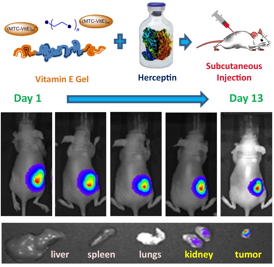
Herceptin was loaded into Vitamin E gel by convenient mixing. The Herceptin-loaded hydrogel was tested in mice bearing breast cancer. Herceptin was preferably accumulated in the tumor tissues as compared to the healthy animal organs.
- Read more
- 372 reads
Something Flare-y This Way Comes: The mini-Halloween Storms of 2013

Blood-red auroras over Maryland on Halloween 2003.
- Read more
- 330 reads
Galaxy Growth Examined Like Rings of a Tree

New evidence from NASA's Wide-field Infrared Survey Explorer (WISE) and Galaxy Evolution Explorer (GALEX) missions provide support for the "inside-out" theory of galaxy evolution, which holds that star formation starts at the core of the galaxy and spreads outward.
- Read more
- 369 reads
Columbia Engineers Develop New Device Architecture for 2D Materials, Making Electrical Contact from the 1D Edge: New Approach Produces Cleanest Graphene Yet, with Previously Unrealized Performance
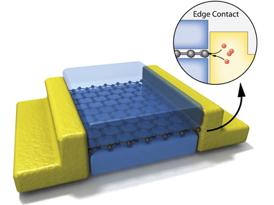
- Read more
- 401 reads
Significant Improvement in Weld Mechanical Properties Using Nanoparticles
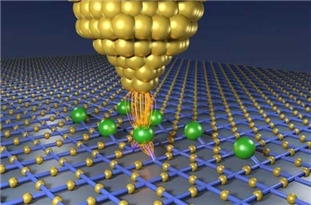
- Read more
- 315 reads
NASA's Curiosity Mars Rover Approaches 'Cooperstown'

The low ridge that appears as a dark band below the horizon in the center of this scene is a Martian outcrop called "Cooperstown," a possible site for contact inspection with tools on the robotic arm of NASA's Mars rover Curiosity. The ridge extends roughly 100 feet (about 30 meters) from left to right, and it is about 260 feet (about 80 meters) away from the location from which Curiosity captured this view.
- Read more
- 351 reads
'Molecular Velcro' may lead to cost-effective alternatives to natural antibodies: Berkeley Lab researchers take cues from nature in designing a programmable nanomaterial for biosensing
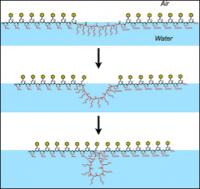
Long organic molecules called peptoids self-assemble into a molecular film on the surface of a water solution. As this film gets folded into a nanosheet, segments of the peptoid get pushed out into loops, which eventually decorate the surface of the nanosheet.
- Read more
- 334 reads
Incurable brain cancer gene is silenced: Gene regulation technology increases survival rates in mice with glioblastoma
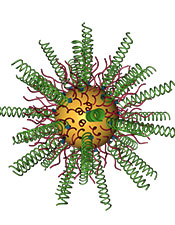
Researchers combined gold nanoparticles (in yellow) with small interfering RNAs (in green) to knock down an oncogene that is overexpressed in glioblastoma.
- Read more
- 441 reads
Cassini Swings Above Saturn to Compose a Portrait

A swing high above Saturn by NASA's Cassini spacecraft revealed this stately view of the golden-hued planet and its main rings. The view is in natural color, as human eyes would have seen it.
- Read more
- 272 reads
A Ghostly Trio from NASA's Spitzer Space Telescope
- Read more
- 475 reads
Human Rights
Fostering a More Humane World: The 28th Eurasian Economic Summi

Conscience, Hope, and Action: Keys to Global Peace and Sustainability

Ringing FOWPAL’s Peace Bell for the World:Nobel Peace Prize Laureates’ Visions and Actions

Protecting the World’s Cultural Diversity for a Sustainable Future

Puppet Show I International Friendship Day 2020


